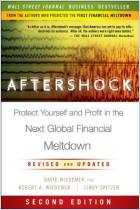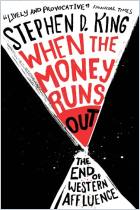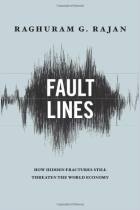
Recommendation
Amid all the postmortems of the 2008 recession, this might be the bleakest. Financial gurus John Mauldin and Jonathan Tepper argue persuasively that no quick recovery is on the horizon. Instead, the world’s economies face years, perhaps decades, of tepid growth, roller-coaster markets and high unemployment. The authors combine their analysis with research from a variety of economists to reach the conclusion that deficits will continue to grow and politicians will continue to avoid making hard decisions. While their rambling reasoning is sometimes disjointed and their analysis presents nothing startlingly new, Mauldin and Tepper make an informed case that investors, consumers, managers and policy makers need to prepare for a rocky future that’s nothing like the comparatively easy years of the recent past. getAbstract recommends this sobering look at the future as important reading for those who want to follow the full spectrum of analysis.
Summary
About the Authors
Financial expert John Mauldin is president of Millennium Wave Investments. Jonathan Tepper is founder and chief editor of Variant Perception, a research group.



















Comment on this summary